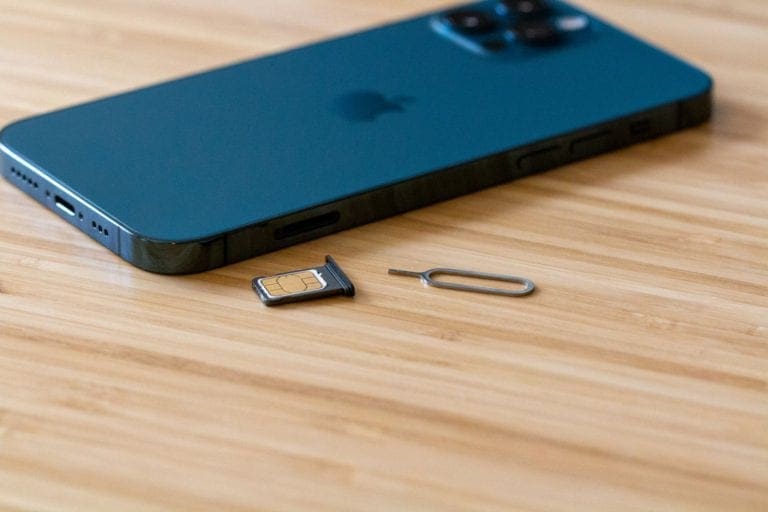

As e-SIM is the current standard, you can expect future iPhone models such as the iPhone 14 and iPhone 15 to allow for Dual e-SIM as well. However, the iPhone 13 models also allow for using a Nano-SIM card if needed.

The following Apple eSIM iPhone boast this feature: The eSIM is different because it is a digital SIM that permits the user to run a cellular plan without having to have a physical Nano-SIM. The second configuration allows you to use two e-SIMs in one iPhone. The following models can operate with a Nano-SIM and an e-SIM: The first configuration allows to use a Nano-SIM card and one additional e-SIM in the given iPhone. There are two types Dual SIM configurations in iPhones. If you haven’t looked at running an iPhone with two SIM cards in your company, then read on, and we will explain why this is something you should consider.Īn iPhone with 2 SIM cards permits the user to run two separate cellular numbers on one physical device.

The ongoing argument about allowing employees to use a company device for personal use has no perfect resolution, but with Apple releasing iPhone with two SIM cards (“Dual SIM”), this ongoing debate melts away. Thanks to the “Dual SIM” function, there is a solution. One of the onerous and labor-intensive tasks that many companies dread is allocating private and business calls from company smartphones, at the end of every month.


 0 kommentar(er)
0 kommentar(er)
